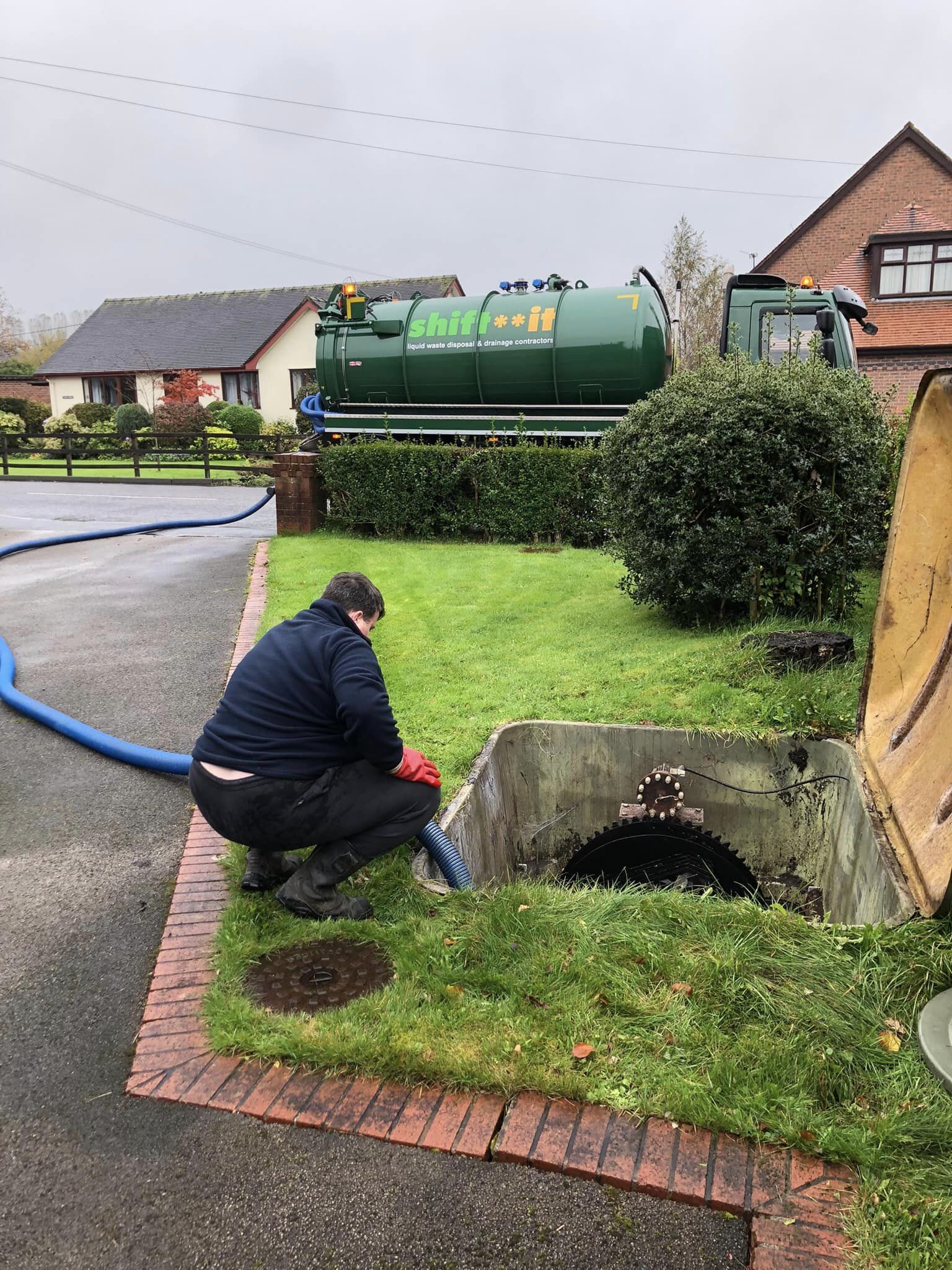sewage sludge removal in Longton
Welcome to Shift **It, your premier destination for sewage sludge removal services in Longton. Proper management of sewage sludge is essential for maintaining a clean and sustainable environment. At Shift **It, we specialize in providing comprehensive solutions for the removal and disposal of sewage sludge, ensuring the efficient operation of your sewage system.
Our team of skilled professionals is equipped with the expertise and state-of-the-art equipment necessary to handle sewage sludge removal safely and responsibly. Whether you require routine removal, emergency cleanup, or specialized disposal services, Shift **It has the knowledge and capabilities to meet your needs.
At Shift **It, we prioritise environmental stewardship and regulatory compliance in all our sewage sludge removal services in Longton. With our commitment to excellence and reliability, you can trust Shift **It to deliver efficient and effective solutions for the removal and disposal of sewage sludge, ensuring a cleaner and healthier environment for all. Experience the Shift **It difference today and ensure the proper management of sewage sludge with our trusted services.


Sewage sludge removal, also known as sludge pumping or desludging, is a critical aspect of wastewater treatment plant operations. Sewage sludge is the residual semi-solid material left behind after the treatment of wastewater. It contains organic and inorganic solids, microorganisms, and other pollutants removed during the treatment process. Here’s how sewage sludge removal typically works:
Sludge Collection: Sewage sludge accumulates in various parts of the wastewater treatment process, including primary settling tanks, secondary clarifiers, and sludge digesters. It can also be generated from processes such as sludge thickening or dewatering.
Storage: Depending on the treatment plant’s design, sludge may be temporarily stored in sludge holding tanks or lagoons before further processing or disposal. Proper storage is essential to prevent odors, contamination, and overflow.
Pumping: Sludge is pumped from storage tanks or other collection points using specialised equipment such as sludge pumps or vacuum trucks. The pumping system is designed to handle the semi-solid nature of sludge and transport it to the next stage of treatment or disposal.
Treatment: Once pumped, sewage sludge undergoes further treatment to reduce its volume, stabilise its organic content, and remove pathogens and harmful contaminants. Common treatment processes include sludge thickening, digestion, dewatering, and thermal or chemical treatment.
Disposal or Reuse: After treatment, the processed sewage sludge can be disposed of or reused in various ways, depending on local regulations and environmental considerations. Common disposal methods include land application, landfilling, incineration, or beneficial reuse in agriculture or construction.
Environmental Compliance: Sewage sludge management must comply with regulatory requirements governing its handling, treatment, and disposal. Treatment plants must adhere to environmental regulations, such as those set by the Environmental Protection Agency (EPA) in the United States, to protect public health and the environment.
Monitoring and Maintenance: Regular monitoring of sludge removal and treatment processes is essential to ensure compliance with regulatory standards and maintain the efficiency of wastewater treatment operations. Maintenance of equipment and infrastructure is also crucial to prevent breakdowns and ensure uninterrupted sludge removal.
Overall, sewage sludge removal is a vital aspect of wastewater treatment plant operations, helping to manage waste effectively while minimizing environmental impact and protecting public health. Proper handling, treatment, and disposal of sewage sludge are essential to ensure the sustainability and effectiveness of wastewater treatment processes. Get in touch today to find out more about our sewage sludge removal services in Longton.